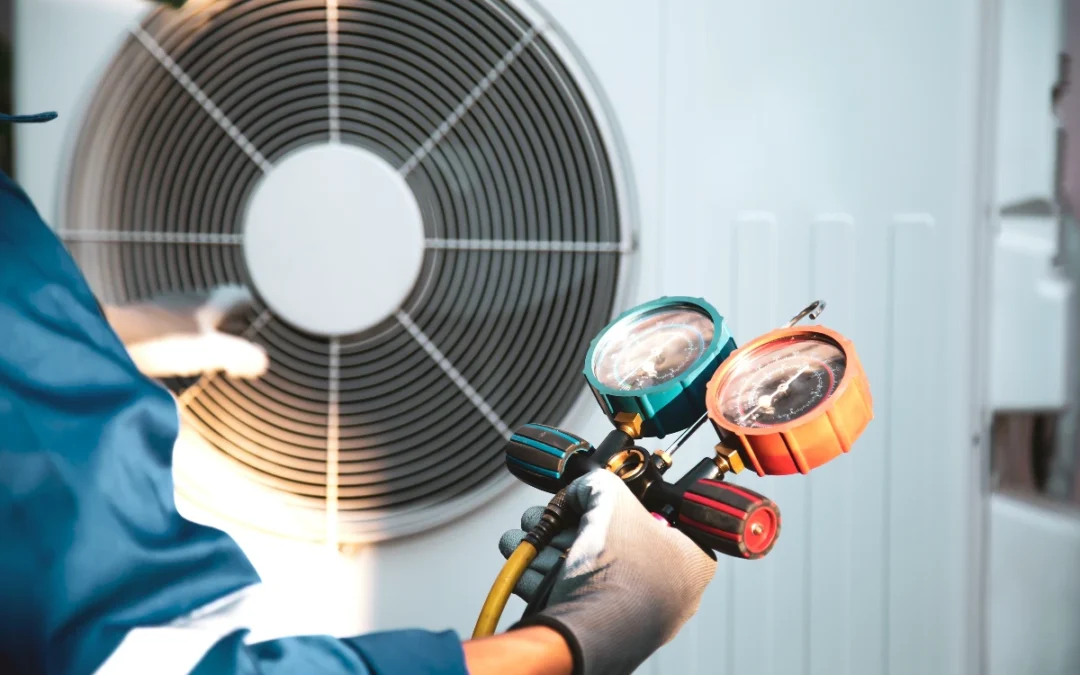
Mar 15, 2025 | Sustainable Energy
As experts in sustainable and high-performance home heating systems, we speak with an increasing number of homeowners interested in an air-source heat pump. This is often because their existing boiler needs replacing or has reached a stage where it simply isn’t...

Feb 10, 2025 | Sustainable Energy
There is a lot to be said for the cost-savings, energy efficiency, and low-carbon appeal of a heat pump, with most homeowners opting for a compact air-source heat pump rather than a larger ground-source heat pump. While both are great options, the latter is only...




